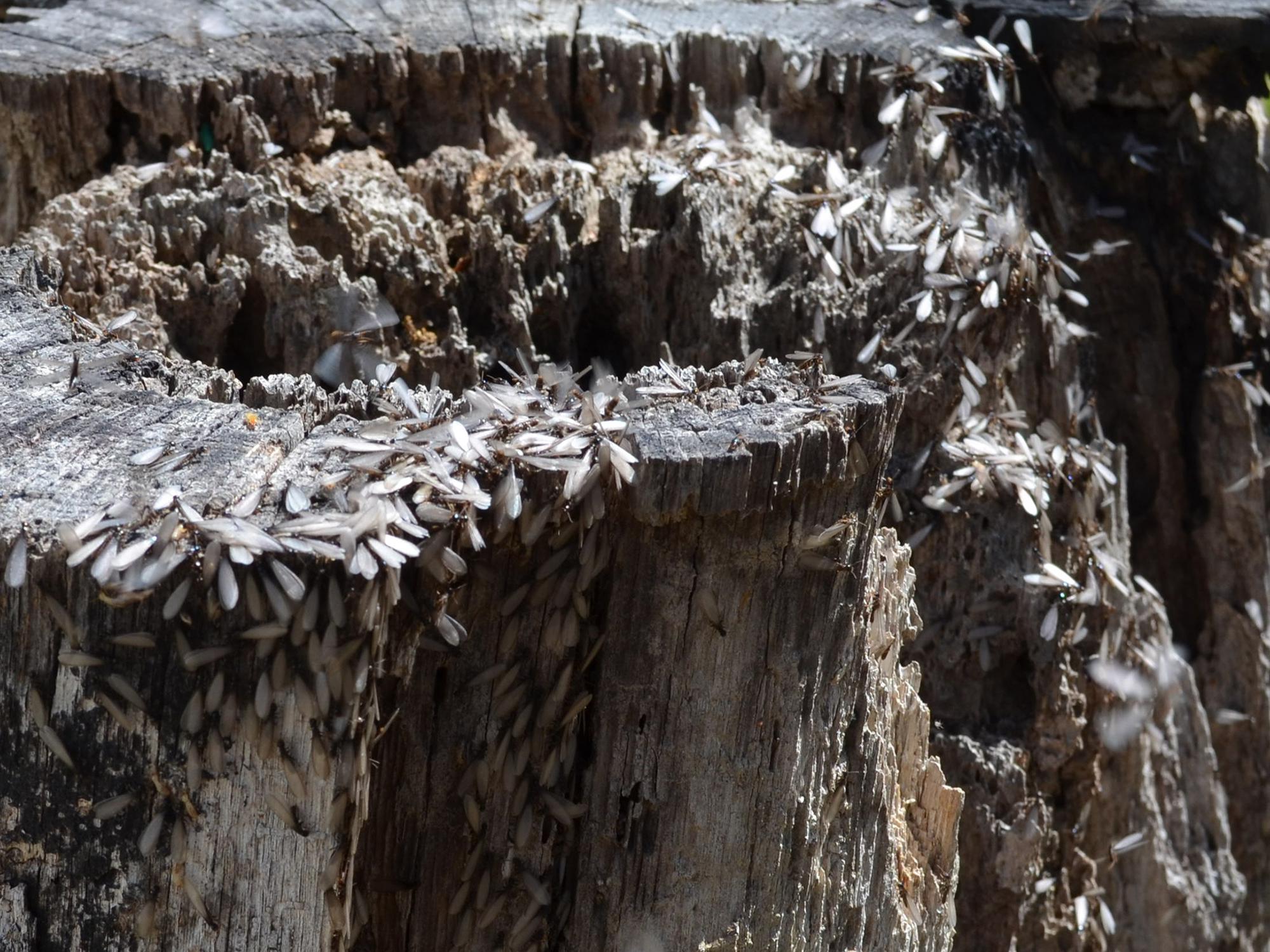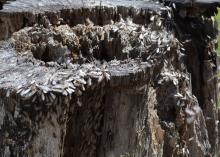Information Possibly Outdated
The information presented on this page was originally released on June 7, 2017. It may not be outdated, but please search our site for more current information. If you plan to quote or reference this information in a publication, please check with the Extension specialist or author before proceeding.
Extension Service website helps with termite battle
STARKVILLE, Miss. -- The Mississippi State University Extension Service judged that the most economically important insects in the state should have their own website.
The site, https://extension.msstate.edu/termites, is the go-to place for information on termite biology, identification and control. The site describes the different species of termites found in the state and provides answers to common questions about the pests.
Extension entomologist Blake Layton said termites occur throughout the state, and buildings not properly treated will eventually be damaged by them.
“For most people, their home represents one of their largest financial investments, and it is important to take appropriate steps to protect this investment from serious threats, such as fire, flooding and termites,” Layton said. “Our native, Eastern subterranean termites occur throughout the state, so the threat from this species is pretty uniform no matter where one lives.
“Nonnative, Formosan termites are now known to occur in 25 Mississippi counties and are slowly spreading to other areas, so the threat is spreading and increasing,” he said.
Homeowners with termite control questions frequently call Layton’s MSU office, as well as Extension Service offices in all 82 Mississippi counties.
“One of the more common questions we get is whether or not the winged, swarming insects someone has found in their house are ant swarmers or termite swarmers,” Layton said. “People who have active termite infestations or are planning to have a building preventively treated can also have a lot of questions about the various control options.”
The MSU Extension Service website attempts to address most of the common questions and concerns people have about termites. It is divided into 10 different sections to help users find the information they need. Additionally, visitors can find publications, newsletters, photos, and video and radio programs related to termites.
“We have two publications about termites -- ‘Protect Your House from Termites’ and ‘What Homebuilders Need to Know About Termites’ -- available through the Extension website and at county Extension offices,” Layton said. “The website provides more detailed information and photos and covers topics not addressed in these publications.”
John Guyton, Extension entomologist, said termites can go undetected and can cause extensive damage that is very costly to repair.
“Homeowners must systematically watch for signs of termites. Get in the habit of scanning the foundation of your home, watching for mud tubes coming from the soil up the foundation. Watch for termites to accumulate in a window of your home,” he said. “Periodically poke wood in close proximity to the ground with a screwdriver -- if it breaks into the wood, have your house checked as soon as possible.”
Guyton said termites are often mistaken for ants, but ants have elbows in their antenna and termites do not.
He said the best way to reduce the chance of termite damage is to have houses systematically treated for the pests. Additionally, make sure wood on the house is not directly contacting the ground, fill foundation cracks, and make sure water drains away from the house.
While termites are serious threats to structures, Guyton said, they are essential to a healthy forest.
“Termites break down dead and decaying trees so their minerals can be recycled,” Guyton said. “Their tunnels also function to aerate the soil.”




